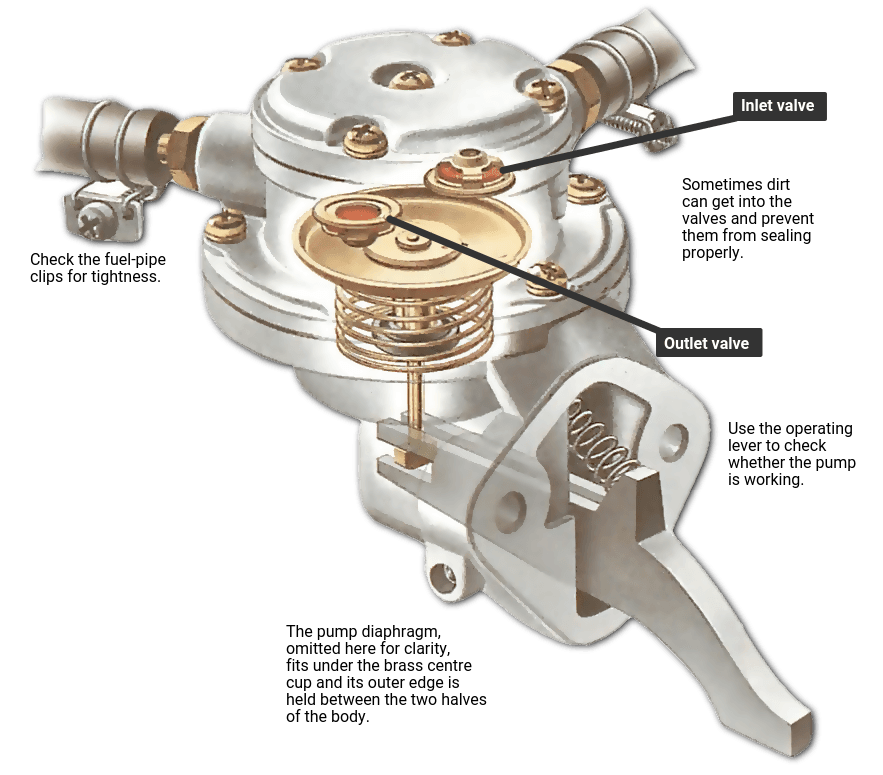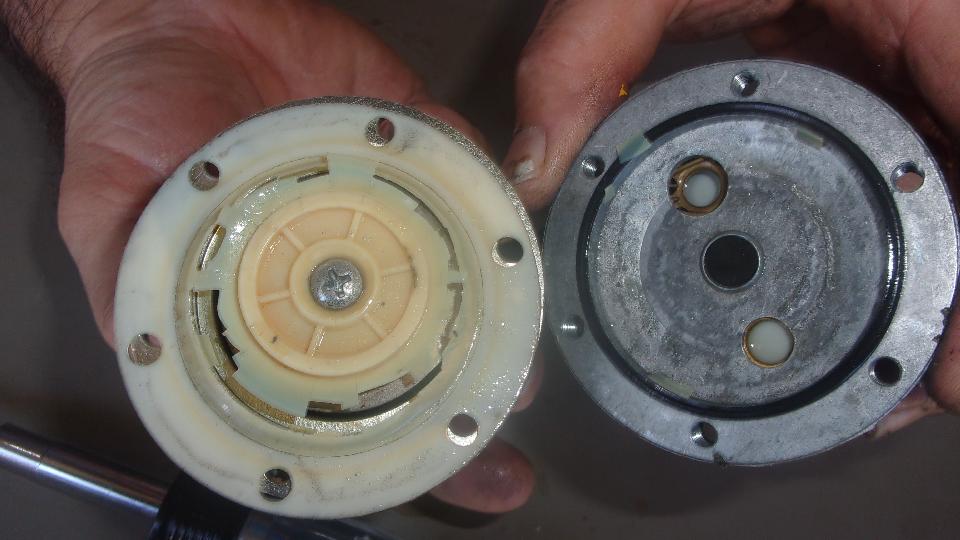Imagine you’re out on the water, ready for a day of adventure, but your boat’s engine starts acting up. Frustrating, right?
If you’ve ever found yourself in this situation, it might be due to a bad fuel pump diaphragm. Understanding this small but critical component can save you from unexpected breakdowns and costly repairs. In this guide, you’ll learn how to tell if the fuel pump diaphragm in your outboard engine is bad.
By the end of this article, you’ll be equipped with the knowledge to diagnose the problem early, ensuring smooth sailing on your next trip. Dive into the details, and empower yourself with the know-how to keep your engine running efficiently.

Credit: www.howacarworks.com
How To Tell If Fuel Pump Diaphragm Is Bad Outboard
A failing fuel pump diaphragm in an outboard engine can cause sputtering or stalling. Notice frequent starting issues or poor acceleration. Check for fuel leaks or unusual noises from the fuel pump area.
A faulty fuel pump diaphragm in an outboard motor can disrupt your boating experience. It’s crucial to identify the signs early to prevent further damage. This section will guide you through the telltale signs and symptoms that indicate a failing diaphragm.
Engine Performance Issues Spotting engine troubles could be your first clue: – Loss of power: The motor struggles to reach full speed. – Stalling: The engine cuts out unexpectedly during operation. – Difficulty starting: The motor takes longer to start or won’t start at all.
These symptoms suggest that the diaphragm might be compromised, affecting fuel delivery. Fuel Leaks Look for any unusual fuel leaks: – Visible leaks: Fuel dripping or pooling near the motor. – Strong fuel odor: A persistent smell of gasoline around the engine area.
– Increased fuel consumption: Using more fuel than usual for the same distance. Fuel leaks can indicate a worn-out diaphragm, causing improper sealing. Erratic Engine Behavior Observe any odd engine reactions: – Surging: Engine speed fluctuates without changing throttle position.
– Misfires: The engine misfires or runs unevenly. – Vibration: Excessive vibration during operation. Such erratic behavior often points to diaphragm issues, disrupting fuel flow consistency. Visual Inspection Conduct a thorough visual check: – Cracks or damage: Inspect the diaphragm for visible wear or cracks.
– Loose connections: Check for any loose or disconnected fuel lines. – Discoloration: Look for changes in diaphragm color indicating wear. A visual inspection can reveal physical damage to the diaphragm, confirming suspicions.

Credit: mgaguru.com
Conclusion
Identifying a faulty fuel pump diaphragm is crucial for engine health. Listen for unusual noises. Check for fuel leaks or poor engine performance. These signs might indicate issues. Regular maintenance can prevent costly repairs. Always ensure your engine runs smoothly.
A well-functioning fuel pump diaphragm keeps your vehicle efficient. Stay alert to changes in fuel efficiency. Replace damaged parts promptly. This ensures safety and reliability. Keep your outboard motor in top shape. Enjoy smooth rides on water. Understanding these signs helps maintain your engine’s performance.
Keep learning and stay informed for the best results.
